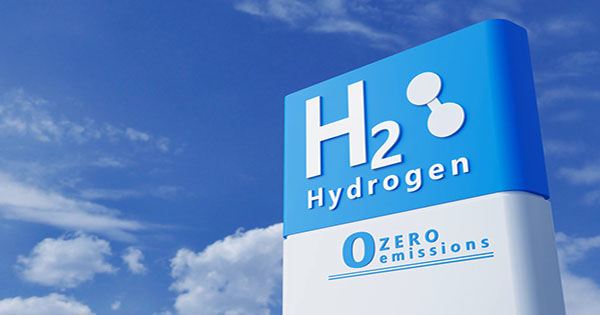You may have heard that the planet is burning and disaster is coming. The only hope of humanity is to make some quick changes in our lives and fast. Unfortunately, a new analysis published in Energy Science and Engineering states that one of the main ways to deal with the climate crisis using so-called “blue” hydrogen may not be as green as we thought.
In fact, according to research, the carbon footprint of this “clean” energy source could be 20 percent more than burning natural gas or coal.
Hydrogen has been similarly identified by science and government as the answer to the world’s energy and environmental crises. After all, it got a lot out of it. Unlike fossil fuels, it doesn’t move harmful carbon when it burns – just water – and it’s not that we’re running out of energy anytime soon, because it’s literally the most abundant substance in the universe.
In fact, there’s a really big problem with hydrogen: actually holding it. Although it is about three-quarters of the mass, well, everything in existence, here on Earth hydrogen rarely turns on itself. Instead, it has to be extracted from water molecules – a process that leaves us in the strange situation of having 96% of the “clean” alternatives to fossil fuels produced by fossil fuels.
“Most hydrogen in the United States and Europe comes from natural gas, using steam and pressure to convert methane from natural gas to so-called ‘gray’ hydrogen and carbon dioxide,” explained research co-author Robert Howarth.
“In the past, there have been no attempts to produce carbon dioxide by-products of gray hydrogen, and greenhouse gas emissions have been huge.” To deal with this, the fossil fuel industry has recently promoted it as “blue hydrogen” – it was originally made the same way, but as a result, more efforts are being made to capture carbon dioxide. Faced with this, it may seem like a solution to the problem, but in reality, only 85 to 90 percent of CO2 is actually caught.
If blue hydrogen turns into the future, the paper warns, it can only [work] as long as possible to store carbon dioxide in the future so that it does not return to the atmosphere.”














